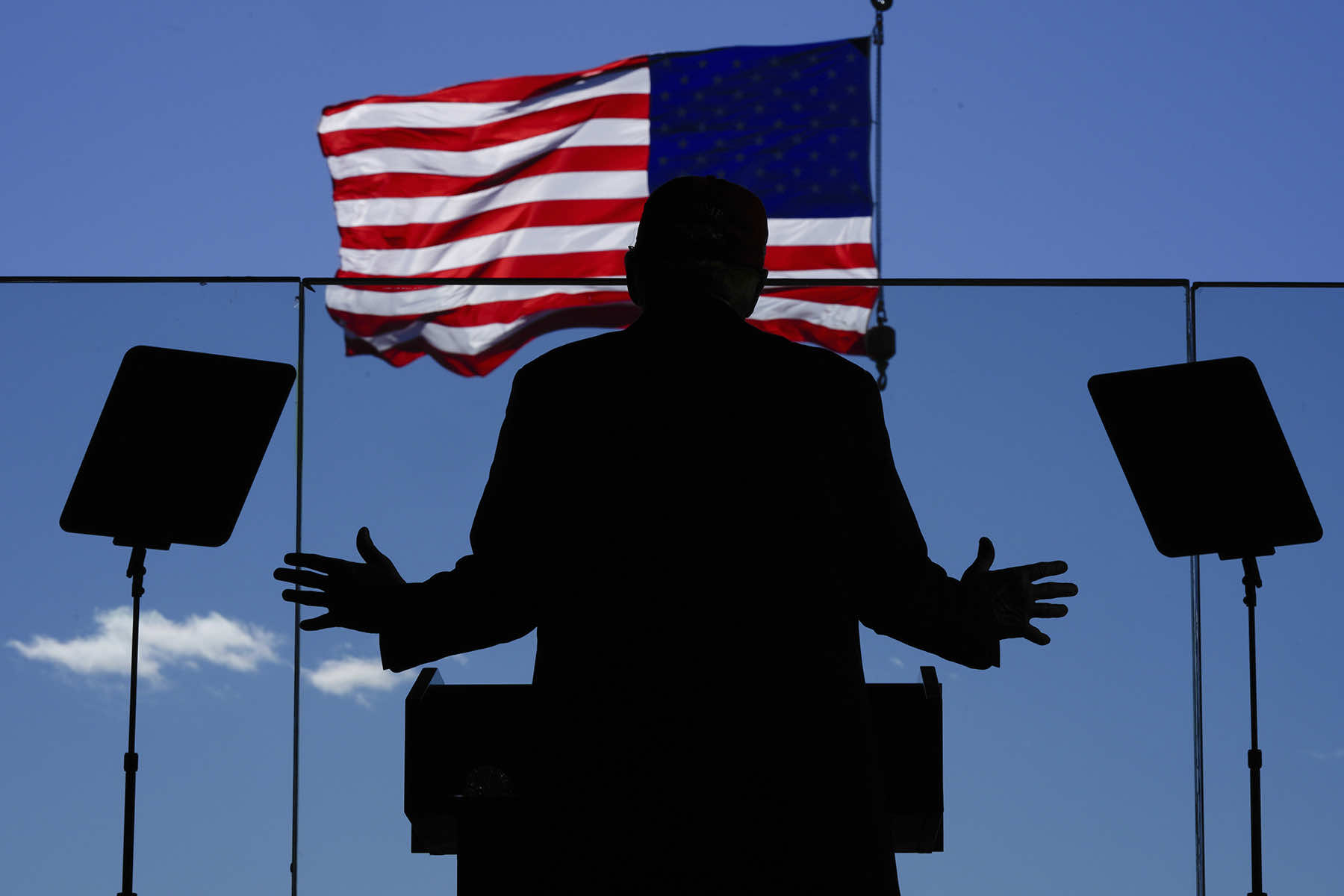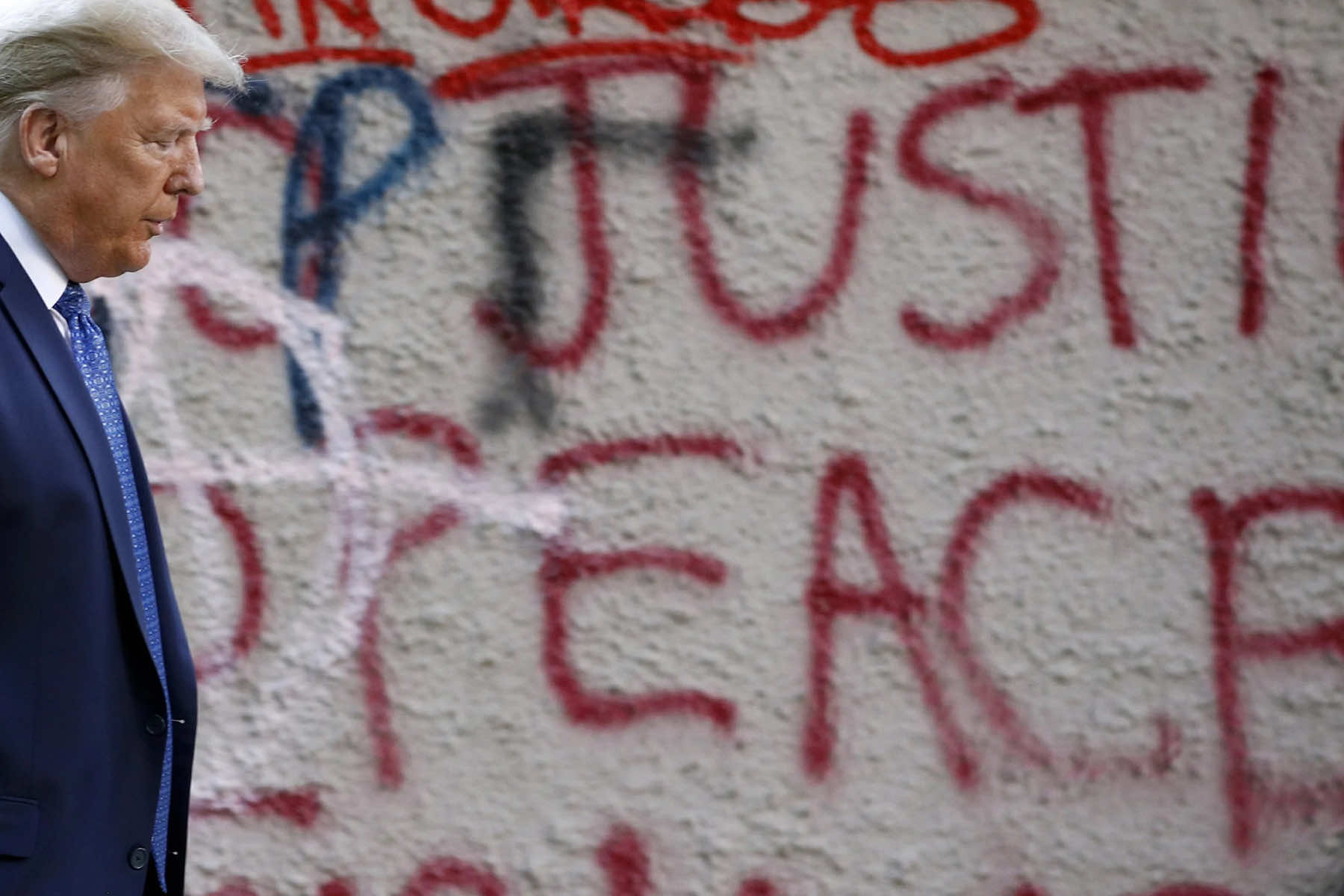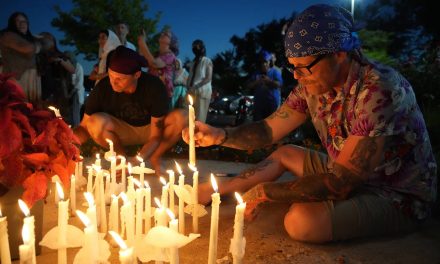
Donald Trump, inaugurated again on January 20, 2025, has bulldozed every institutional safeguard that once stood against unchecked authority. His second term has become an unapologetic campaign to concentrate absolute power in the executive branch, a move that shatters constitutional boundaries with resolute force.
Trump’s push for complete extrajudicial dominance has stripped the courts of their autonomy, undermined legislative checks, and planted fear in the hearts of officials who once believed their positions were protected by the rule of law. His administration reveals a more brazen disregard for legal standards and a deeper entrenchment of authoritarian impulses each day.
Trump’s return to the White House did not resemble a standard transfer of power. The inauguration was heralded by a triumphalist narrative that depicted his victory as a divine anointing rather than a democratic outcome. His allies cast aside congressional oversight, insisting that the American people demanded a commander-in-chief free from any constraint.
In the time since, his administration has relentlessly attacked journalists, activists, and political rivals, frequently labeling them traitors and enemies. Cabinet members have openly embraced the notion that executive decrees supersede judicial review, echoing Trump’s campaign promise that the traditional separation of powers deserved to be dismantled in favor of a single, dominant executive.
Such a concentration of authority has emboldened a network of loyalists eager to enforce his commands, regardless of legal or ethical boundaries.
Trump’s unyielding narrative centers on a distorted reading of Article II of the U.S. Constitution. He has embraced the claim that the president holds “total authority” over federal law enforcement, intelligence activities, and even national defense decisions.
Since January, each Federal department has visibly realigned to reflect this creed, allowing Trump to flout long-standing legal frameworks. The refusal to respect legal constraints has effectively crippled the legislature’s capacity to serve as a check on the White House.
In his first term, critics sometimes dismissed Trump’s authoritarian statements as bluster. That dismissal has disintegrated under the weight of his newly consolidated autocratic machine. The Department of Justice, under an attorney general who publicly praises unchecked executive power, has reshaped its mission to protect the administration’s interests rather than the Constitution.
Federal prosecutors who suggest an investigation into presidential wrongdoing face reassignments or demotions, ensuring that no serious scrutiny ever gains traction. Judges who hand down rulings that inconvenience the White House suddenly face smear campaigns, orchestrated not by fringe supporters but by the administration itself.
Any pretense of judicial independence has crumbled beneath the withering attacks that label courts as “illegitimate” or “corrupt” the moment they interpret the law in a manner unflattering to the president.
As president, Trump’s contempt for checks and balances extends well beyond legal institutions. His inner circle has escalated a deliberate offensive against local governments and private sector organizations that question his authority. Governors who criticize the administration’s tactics quickly become targets of vicious federal actions.
Financial investigations magically appear, and regulatory agencies tighten the screws on businesses that dare to harbor dissenting viewpoints. Investigative journalists find their sources harassed by intelligence officials emboldened to conduct surveillance free from judicial warrants.
These intrusions violate fundamental civil liberties, but they have become the norm under an executive branch that claims to be the ultimate arbiter of right and wrong. Trump’s associates justify every breach by insisting that it protects national security or preserves order. They accuse all critics of sowing chaos and sabotage. This demonization of dissent has strangled open debate, turning a once-thriving public discourse into a battleground of threats and retribution.
Meanwhile, the administration’s agenda has become a magnet for individuals long enchanted by the prospect of a powerful leader ruling by fiat. Extremist elements interpret Trump’s reelection as an endorsement of their own hostility toward minorities, immigrants, and any perceived outsiders.
White Nationalist groups, emboldened by sympathetic voices near the top, have turned their hateful rhetoric into brazen action. Trump has offered no substantial condemnation of their aims. Instead, he has embraced language that brands immigrants as invaders and political foes as subversives.
Such a demonizing framework justifies the detention of protesters and the relentless harassment of entire communities based on religion or ethnic background. The consequences are chilling. Local law enforcement in certain regions now sees itself as an extension of Trump’s federal vision, carrying out questionable orders with impunity. Victims of these abuses speak of an unrecognizable America, a place where fear reigns and justice bows to intimidation.
Trump’s allies claim the Constitution grants the president near-monarchical powers in times of national crisis. But the president and his surrogates simply manufacture these crises as needed, stirring public alarm to rationalize broad crackdowns on freedoms.
The Trump administration manipulates the media through targeted intimidation, demanding favorable coverage or threatening crippling retaliation. Any journalist or outlet that tries to expose the truth endures defamation campaigns orchestrated by a media arm loyal to Trump’s agenda.
The president’s daily pronouncements paint a warped picture of national triumph, while the freedoms that once defined American democracy erode at an accelerating pace. The most alarming aspect of Trump’s reign is his open disdain for judicial review. He routinely brands judges as obstacles to progress, erodes public trust in court rulings, and threatens to override decisions through executive decree.
Elected officials who once promised to uphold constitutional values now echo Trump’s rhetoric. They praise the elimination of bureaucratic obstacles and applaud unilateral actions. The propaganda circulates day and night through media outlets that trumpet the White House line without question.
Those who dare oppose it face an onslaught of public shaming, harassment, and professional ruin. Many have chosen to remain silent, paralyzed by the fear that defiance would invite swift punishment. This cultivated climate of cowardice has enabled the administration to proceed without meaningful resistance.
Historians warn that nations embracing unchecked leadership inevitably meet disastrous ends. Tyranny spawns corruption, economic turmoil, and diplomatic isolation. The president’s administration has scoffed at such warnings, dismissing them as alarmist and insisting that a strong hand is necessary to reclaim global respect.
Trump’s leadership style thrives on extreme rhetoric, labeling entire communities as adversaries and demanding loyalty through intimidation. He has systematically replaced measured diplomacy with explosive threats, alienating allies and fueling international tensions. Countries once aligned with American interests now question whether the United States remains a principled ally or an unpredictable autocracy.
Domestically, Trump’s supporters hail his toxic moves as bold, insisting that compromise is a weakness. Critics contend that his bulldozer approach casts the nation into a permanent state of confrontation, undermining the values that once guided American governance.
Observers who previously believed American institutions were indestructible must confront the stark reality of their fragility. At every turn, Trump’s administration has demonstrated that norms only matter when leaders willingly abide by them. Once those norms are trampled, it falls to the legislative and judicial branches to halt the destruction.
Those who cling to the hope of a reawakened commitment to democracy are finding the fight too large for scattered efforts. Grassroots movements that once galvanized communities confront a relentless campaign of harassment, both online and off.
Legislators who attempt to hold the president accountable face threats and political sabotage. The willingness to speak out carries profound risks that many are no longer ready to shoulder. This climate has created a vacuum in which Trump’s unchecked ambition continues to expand, unrestricted and untamed.
Any pretense that the Trump administration will suddenly rediscover loyalty to the Constitution has evaporated. The White House systematically uproots any officials who maintain allegiance to legal principles, installing loyalists who place the president’s wishes above all else.
Trump’s federal agencies mirror his tone, punishing employees who demonstrate independence. The purge of dissenters ensures an environment devoid of restraint. The course is clear: an endless accumulation of power with no room for criticism or correction.
Without decisive intervention, Trump’s second term will become the defining chapter in America’s transition from a constitutional republic to a hollow facade of democracy. The White House now steers the nation with a heavy-handed grip, halting any opposition with swift and punitive force.
Every day that passes under this administration cements the precedent that the executive branch holds absolute sway over the other pillars of governance. Trump’s pursuit of extrajudicial authority proceeds unchallenged, tearing at the foundations of a system that once aspired to guarantee liberty for all. America’s constitutional principles have been cast aside by Trump for the sake of his absolute power.
© Photo
Patrick Semansky (AP) and Julia Demaree Nikhinson (AP)















